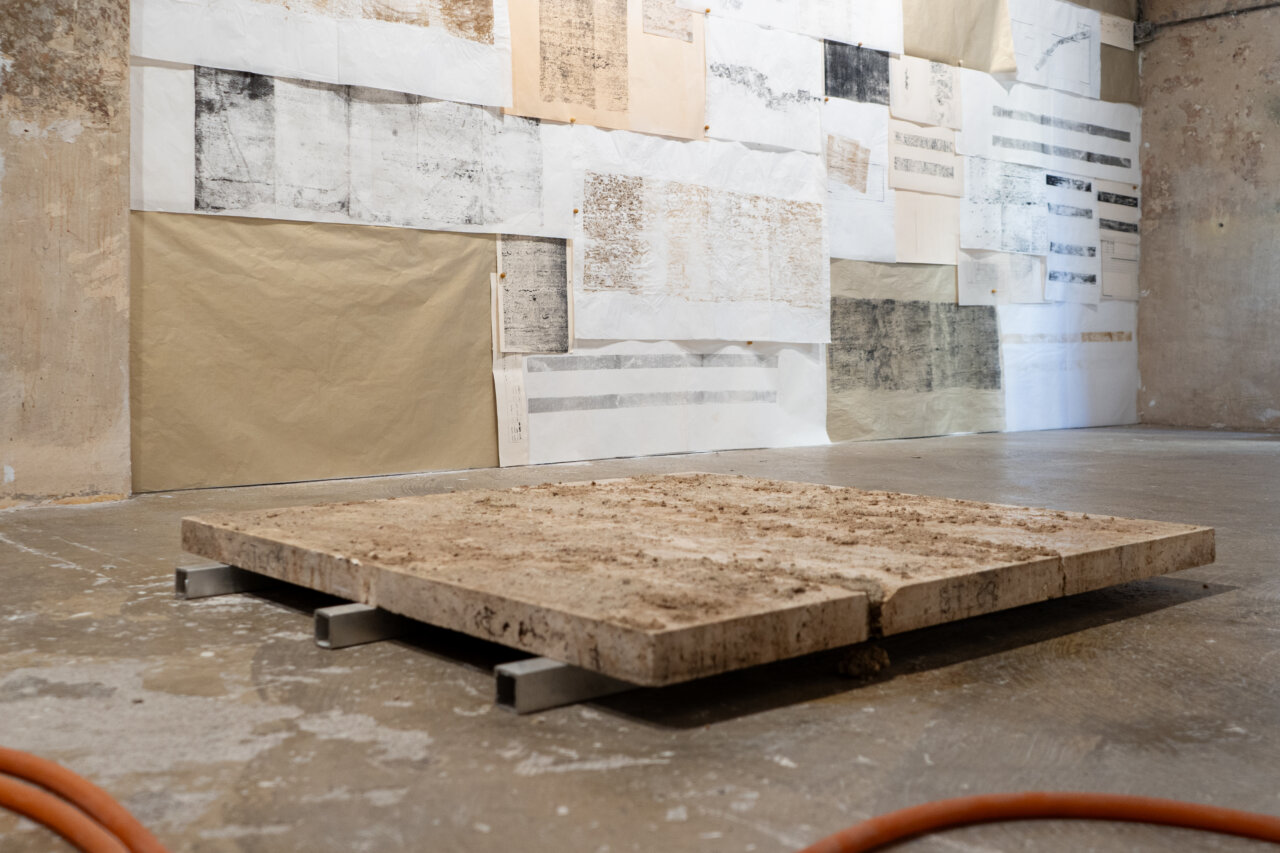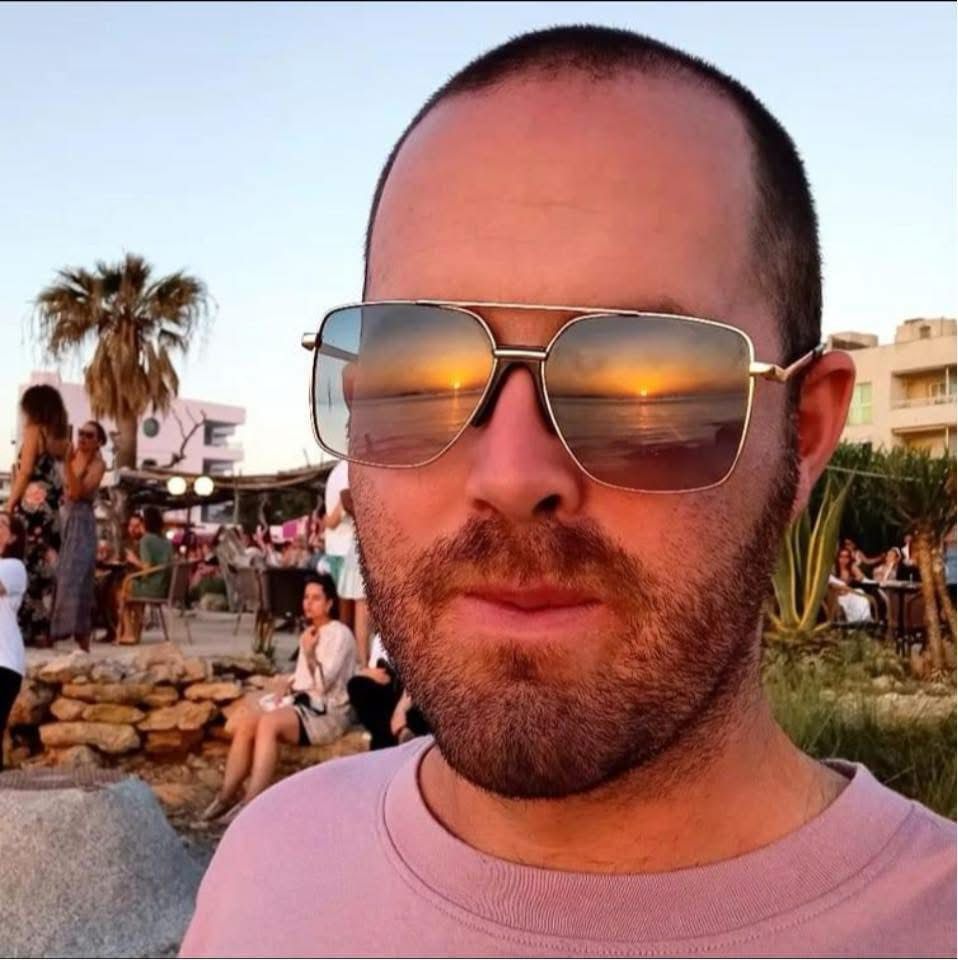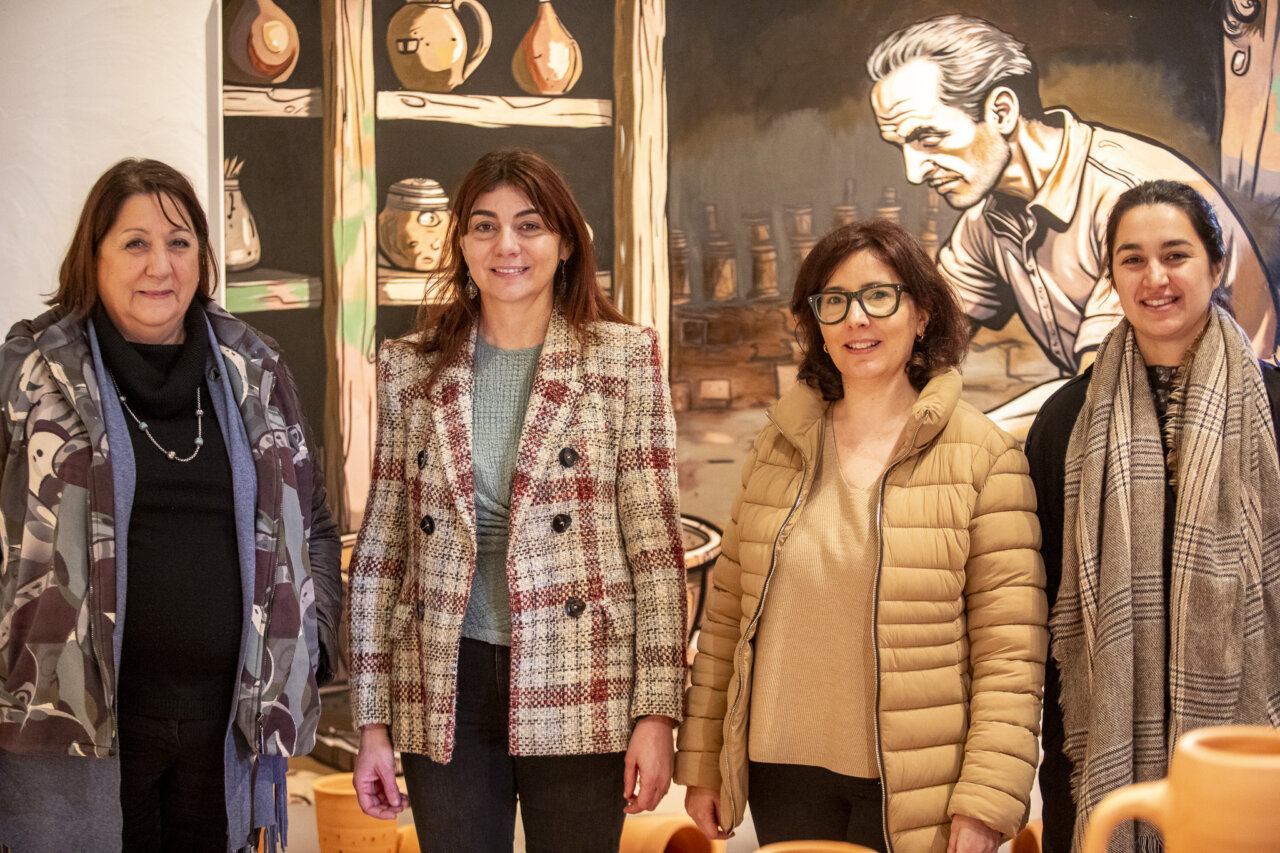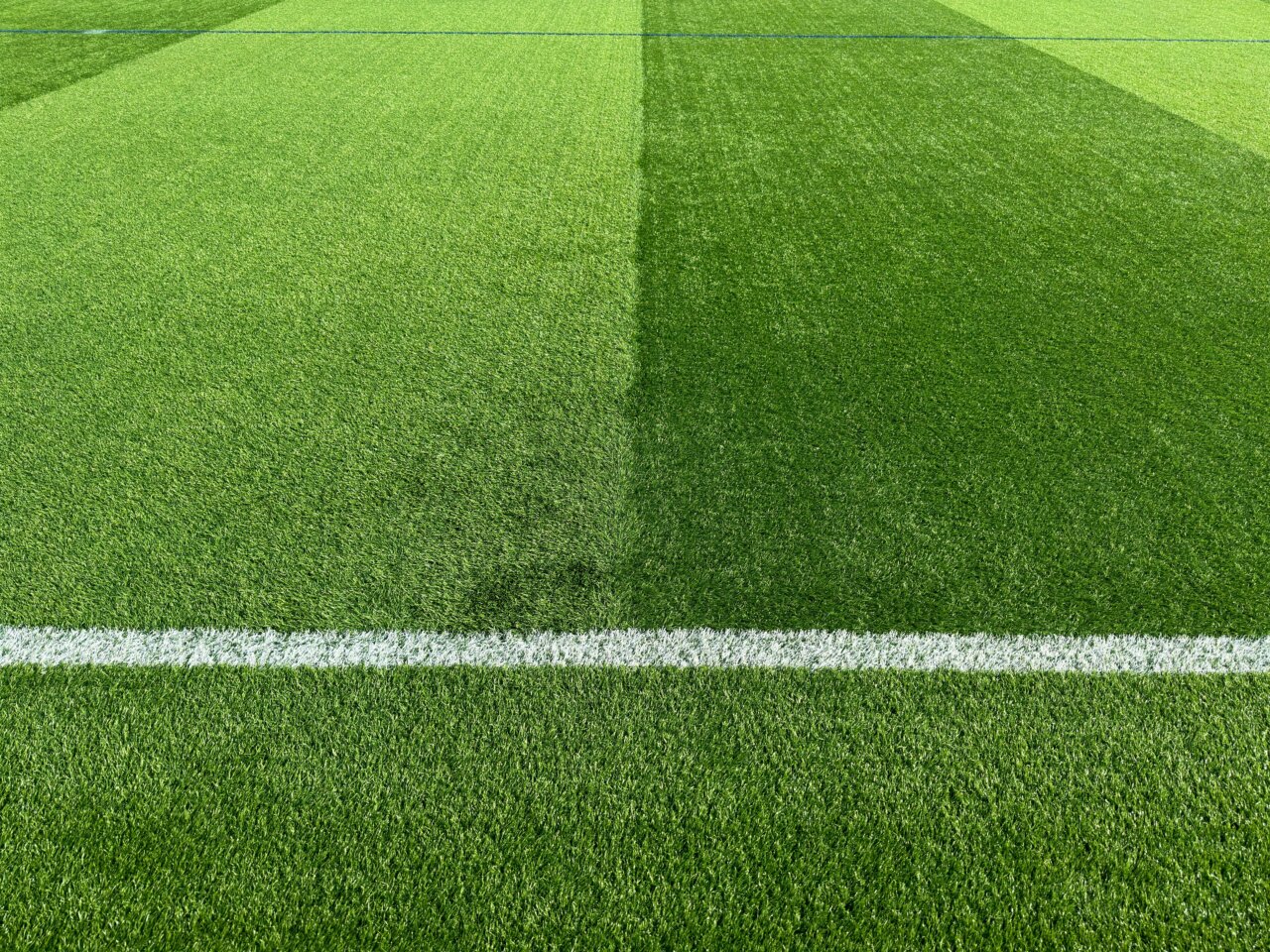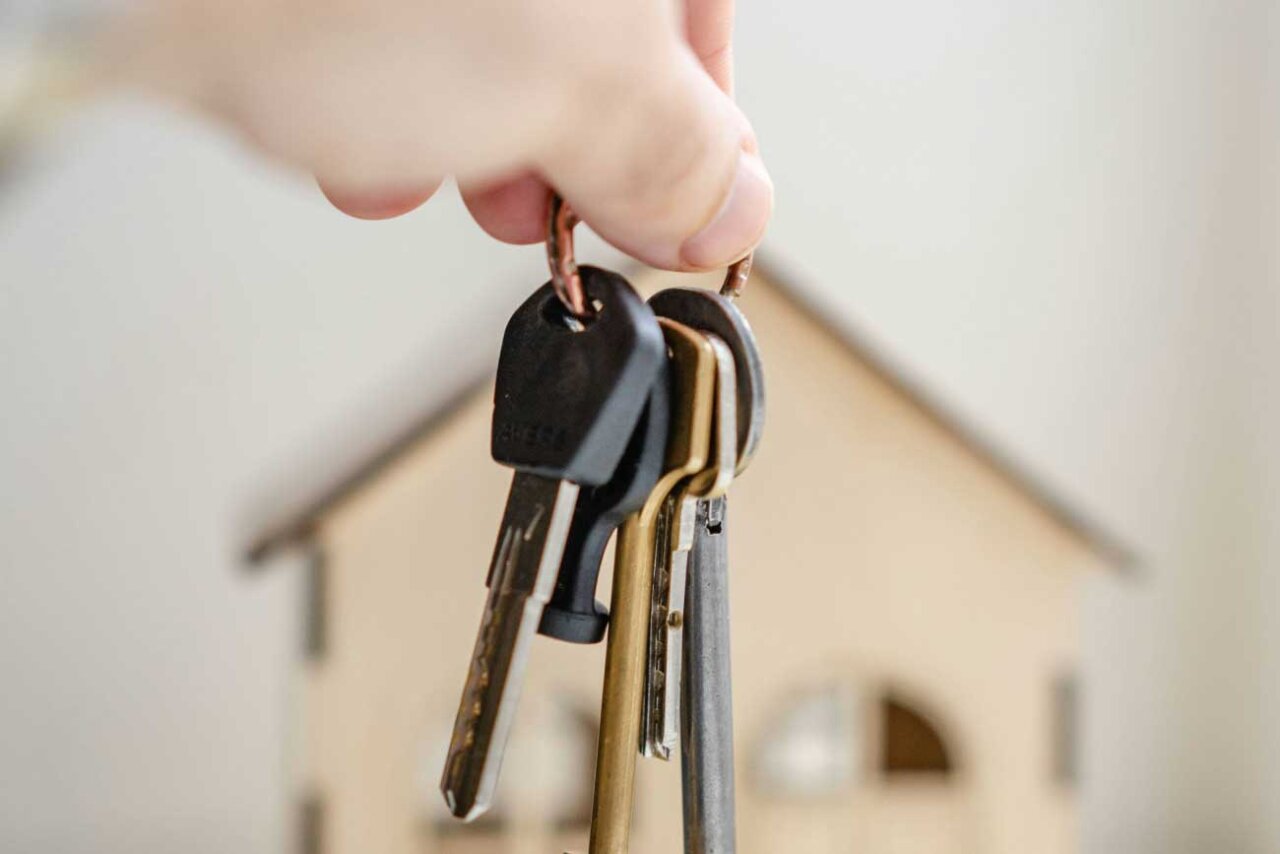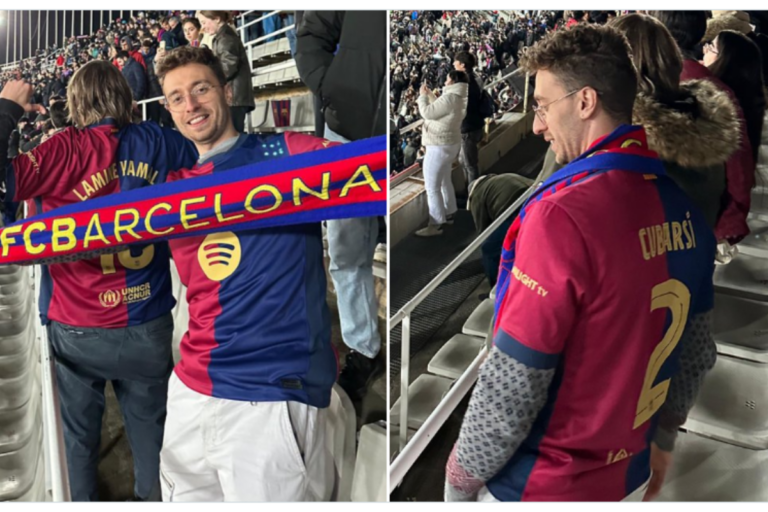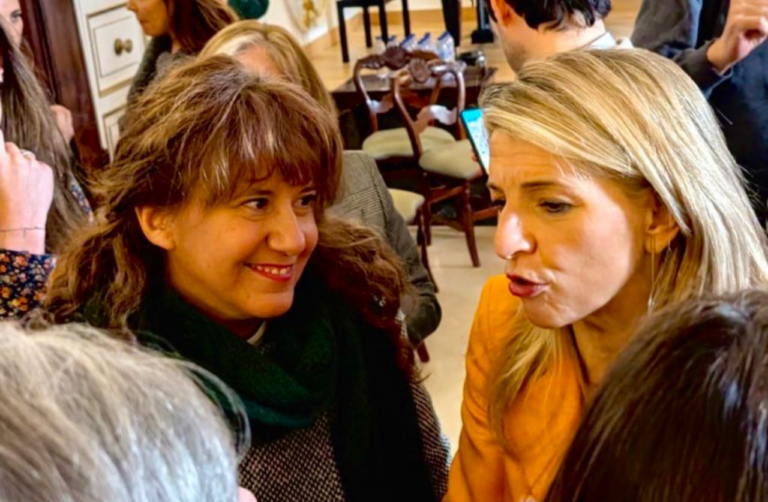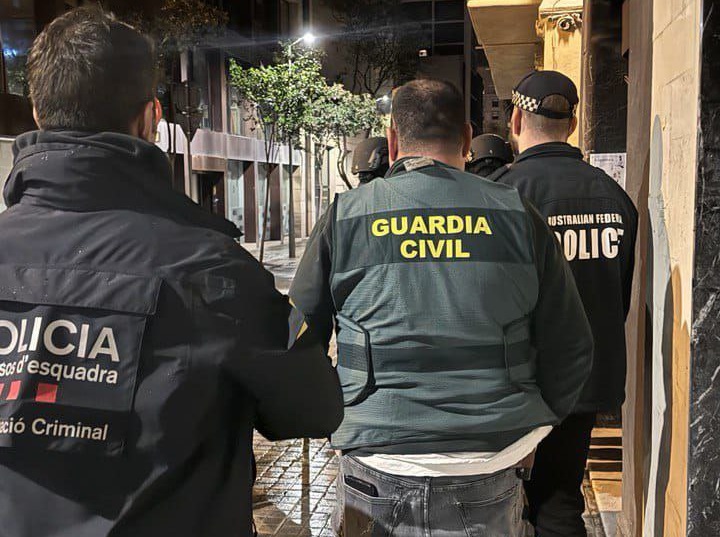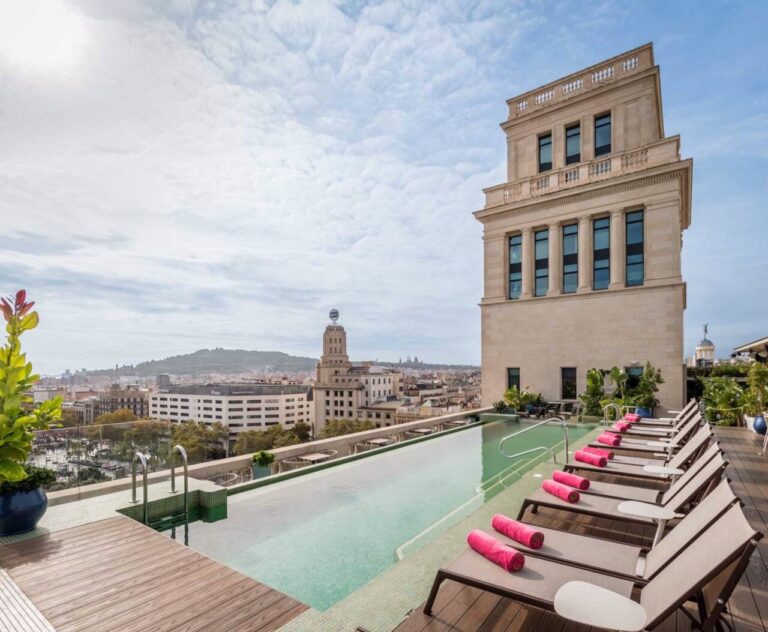Travertine breathes, sweats, welcomes life. This is the perception of Ibizan artist Stella Rahola Matutes, who together with architect and researcher Roger Paez presents La Preñada, a living installation that can be visited until March 15 at the FUGA gallery in Barcelona. “The pavilion has a fantastic, almost organic behavior. During the night, the stone absorbs the ambient humidity, and in the morning, as the temperature rises, it begins to sweat. It’s as if the pavilion were breathing,” explains Rahola Matutes, who has spent years reflecting on the autonomy and agency of materials.
The work, conceived in continuity with the ephemeral intervention Inviting Life realized in 2023 in the Mies van der Rohe Pavilion, arose from a chance encounter: “In that experience, one of the travertine slabs broke. It was a turning point. We took the piece, which curiously had the exact dimensions of the trunk of the car, and we took it to the university to start working with it from scratch, without mentioning its origin, “says the artist in dialogue with La Voz de Ibiza.
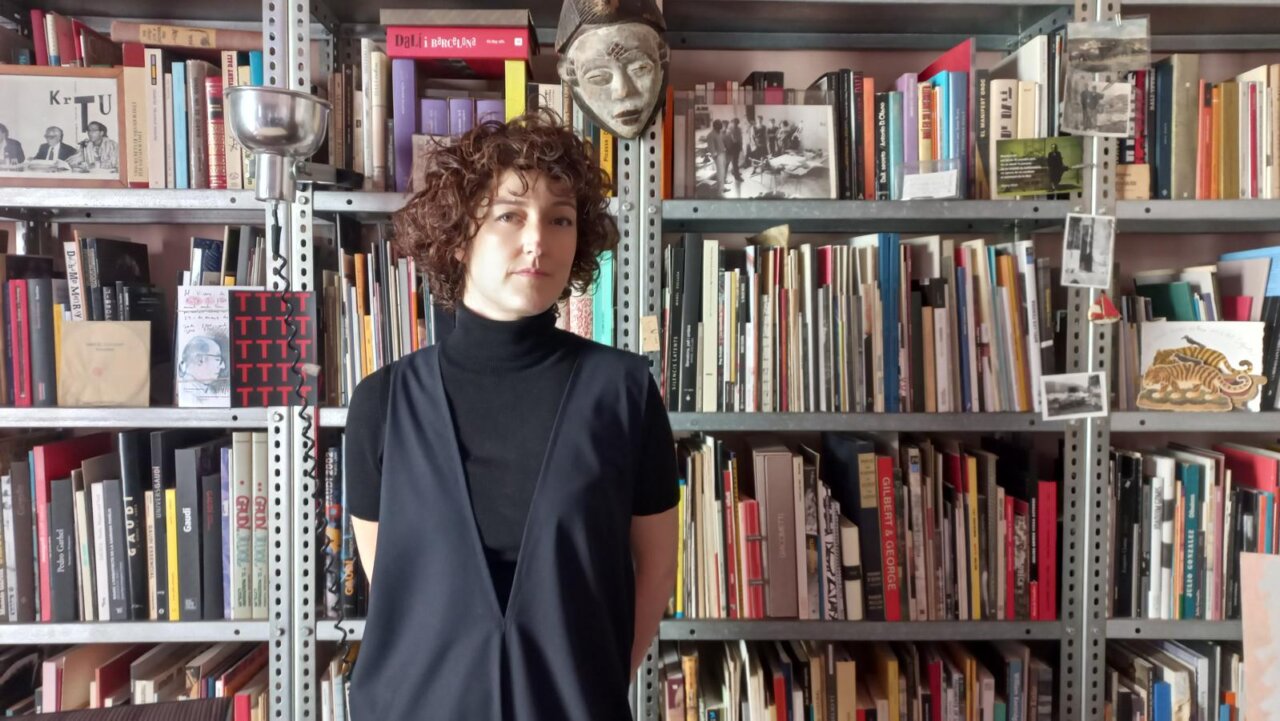
At La Preñada, this broken slab is given new life by being inoculated with moss. Its evolution depends not only on the environmental conditions of the gallery, but also on collective care. “The exhibition involves artists, gallery owners and visitors. Everyone is invited to take care of the stone, moistening it during the day and protecting it at night,” explains Rahola.
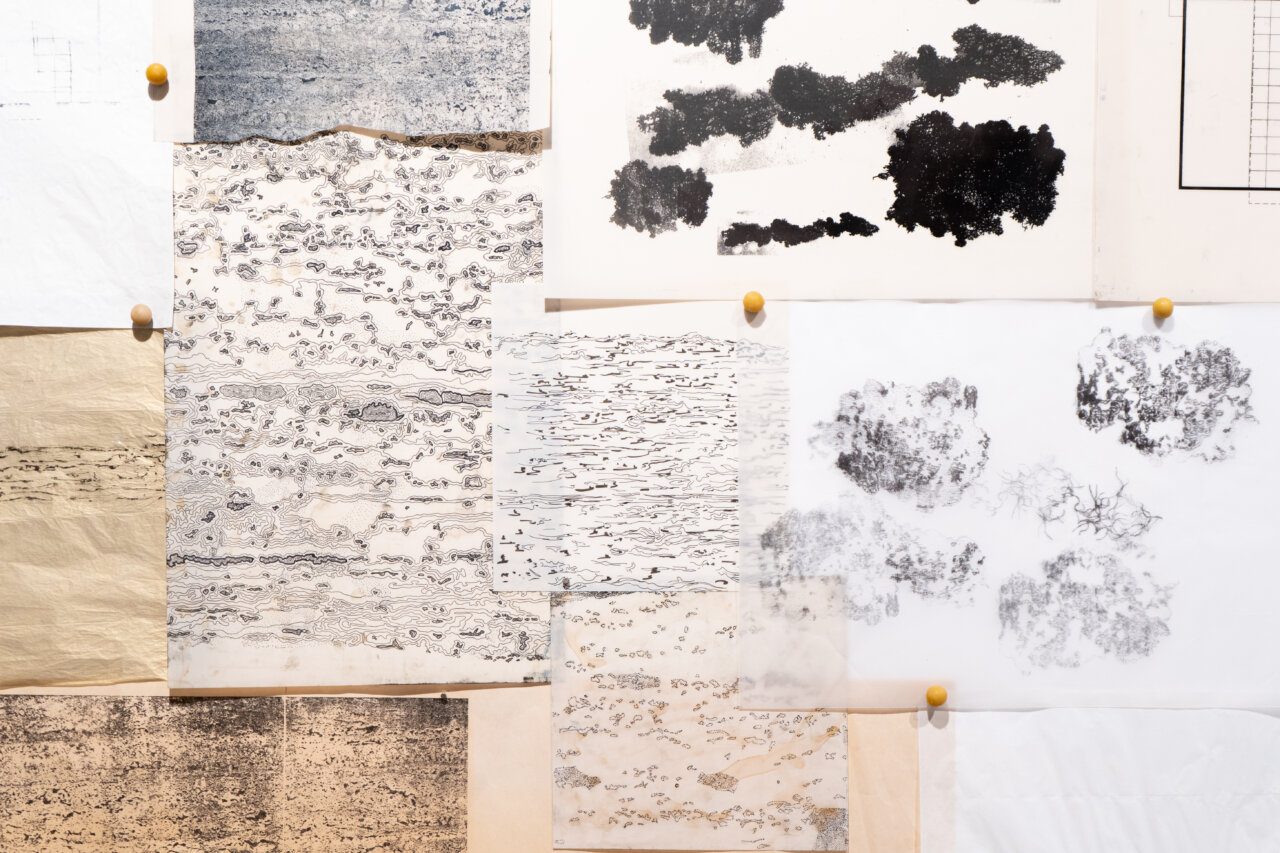
Uncertainty as a creative engine
This collective exercise of attention is accompanied by a diary that records the daily changes in the slab and its incipient ecosystem. “We are at an initial point. We know that we invite life, but whether or not it appears, or how it appears, is something we cannot control. That uncertainty factor is key in my work: I don’t look at success as the only path.” In addition to the slab, the installation includes lithographs that document the process of material understanding of travertine, a work that Rahola describes as physical and intimate: “This analogical technique involves direct contact with water, a bodily exercise that brings students closer to the biogeological dimension of the stone. Many end up wet, literally, when working with the press”. A latex tube, which the artist describes as “an umbilical cord,” connects the stone to a container of dechlorinated water in the gallery space. This gesture, in addition to underscoring the symbiotic relationship between the elements of the work, establishes a direct dialogue with the architecture of the site. “La Preñada” is not only a reflection on the fragility and transformation of materials, but also an invitation to think about the relationship between human beings and their environment. “Stone, with its capacity to welcome and germinate life, connects us with something much bigger than ourselves,” concludes the artist from Ibiza. The exhibition can be visited at the FUGA gallery, located in Trafalgar Street, until March 15.

